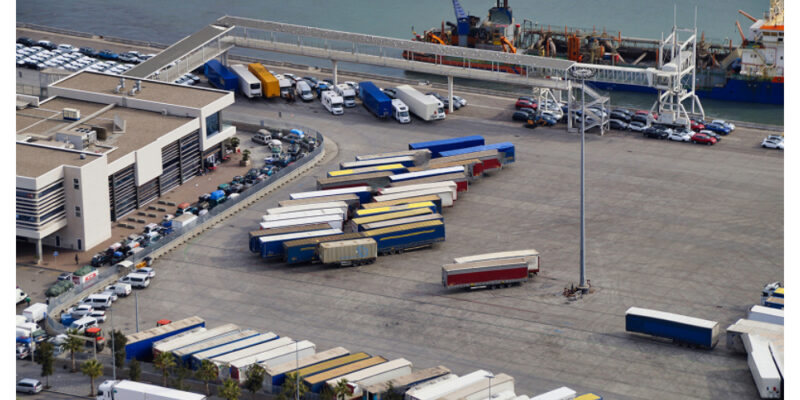When transporting merchandise over borders or even within neighbouring regions, picking the right mode of transport is essential for saving costs and delivering goods in a timely fashion. For Singapore companies, two modes are most common: sea freight and road freight. Each has its pros and cons, and the decision usually comes down to your shipment size, how urgent it is, and where you’re shipping to. Knowing these variations can make your logistics decisions smarter and ensure your operations stay on track.
Understanding Sea Freight
Sea freight is perhaps the most popular mode of transporting bulk shipments abroad. It is particularly popular in Singapore, considering the country’s central location and high-grade port infrastructure. Sea freight involves shipping shipments in container form on cargo ships, so it is economical for bulk consignments.
Though it is usually slower than road transport, sea routes have unparalleled capacity and are perfect for heavy, oversized, or non-urgent cargo. Sea routes also enable companies to reach global markets cost-effectively, making it a foundation of international trade. Although longer transit times require you to anticipate shipments in advance, especially during peak seasons.
The Role of Road Freight
Road freight is used for shorter distances or regional deliveries. It entails transporting commodities via trucks and is thus very flexible and versatile for different sizes of loads. In Singapore, road freight is essential for cross-border transport to neighbouring Malaysia and domestic distribution on the island.
One of the largest benefits of road transport is speed over short to medium distances, and also having the capability to transport goods to a precise address without extra handling. It is, however, not as well adapted for very heavy loads as sea transport and can be hindered by road congestion, border delays, and fuel price variance.
Cost Considerations
Cost also comes into play when deciding between the two options. Sea freight tends to be less expensive per unit for bulk shipments, particularly if full container loads are being utilised. Meanwhile, road freight is sometimes less costly for smaller shipments or emergency deliveries within a limited area.
Companies also need to incorporate extra costs like customs clearance, warehousing, insurance, and possible surcharges. An exhaustive cost calculation considering both direct and hidden costs can assist in identifying the cost-saving option for your requirement.
Efficiency and Flexibility
For businesses based on just-in-time deliveries, road freight is more versatile than sea transport. Trucks can easily change routes, schedules, and delivery times. Such versatility is most useful for perishable produce, urgency-sensitive products, or emergency replenishments.
Conversely, shipping companies offer scalability and stability to companies handling consistent, high-volume shipments. This is especially a favoured option for manufacturers, wholesalers, and import-export firms that operate using predictable schedules and massive inventories.
Environmental Impact
Sustainability is increasingly a consideration in the logistics sector. Sea freight tends to be more fuel-efficient on long hauls than road freight, with a lower carbon footprint per tonne. Developments in vehicle technology, including electric trucks, are slowly enhancing the environmental performance of road freight.
Companies that care about sustainability might choose a combination of both methods and employ sea freight for long distances and road freight for delivery to the last mile. This combination can cut down on total emissions while ensuring delivery efficiency.
Which Should You Choose
The decision between road and sea freight is based on your company’s needs. If saving on the cost of large consignments and global access is most important to you, sea transport will probably be your best choice. If faster regional distribution and flexibility are your priorities, road transport could be your best bet.
In most instances, the best option is a mixed solution that uses both techniques. For example, products can be moved in bulk on the sea and subsequently hauled by road to the end-users. This method can maximise cost, transit, and supply chain overall performance.
Conclusion
Sea and road freight are both essential components of the logistics game, with their respective strengths serving various business purposes. By considering your priorities on the basis of cost, speed, flexibility, and impact on the environment, you can choose the mode of transport that best suits your operational requirements. Whether you depend on road transport for rapid delivery or make use of the volume space of sea freight for bulk consignments, the correct decision will make your supply chain efficient and competitive. For professional guidance and customised solutions, contact ALPS Global Logistics today to discover the best freight solution for your company.











Comments